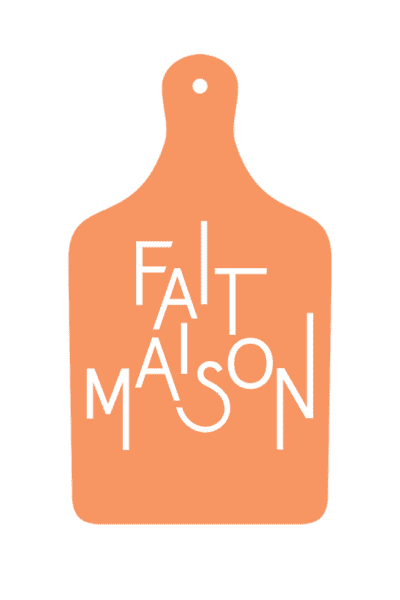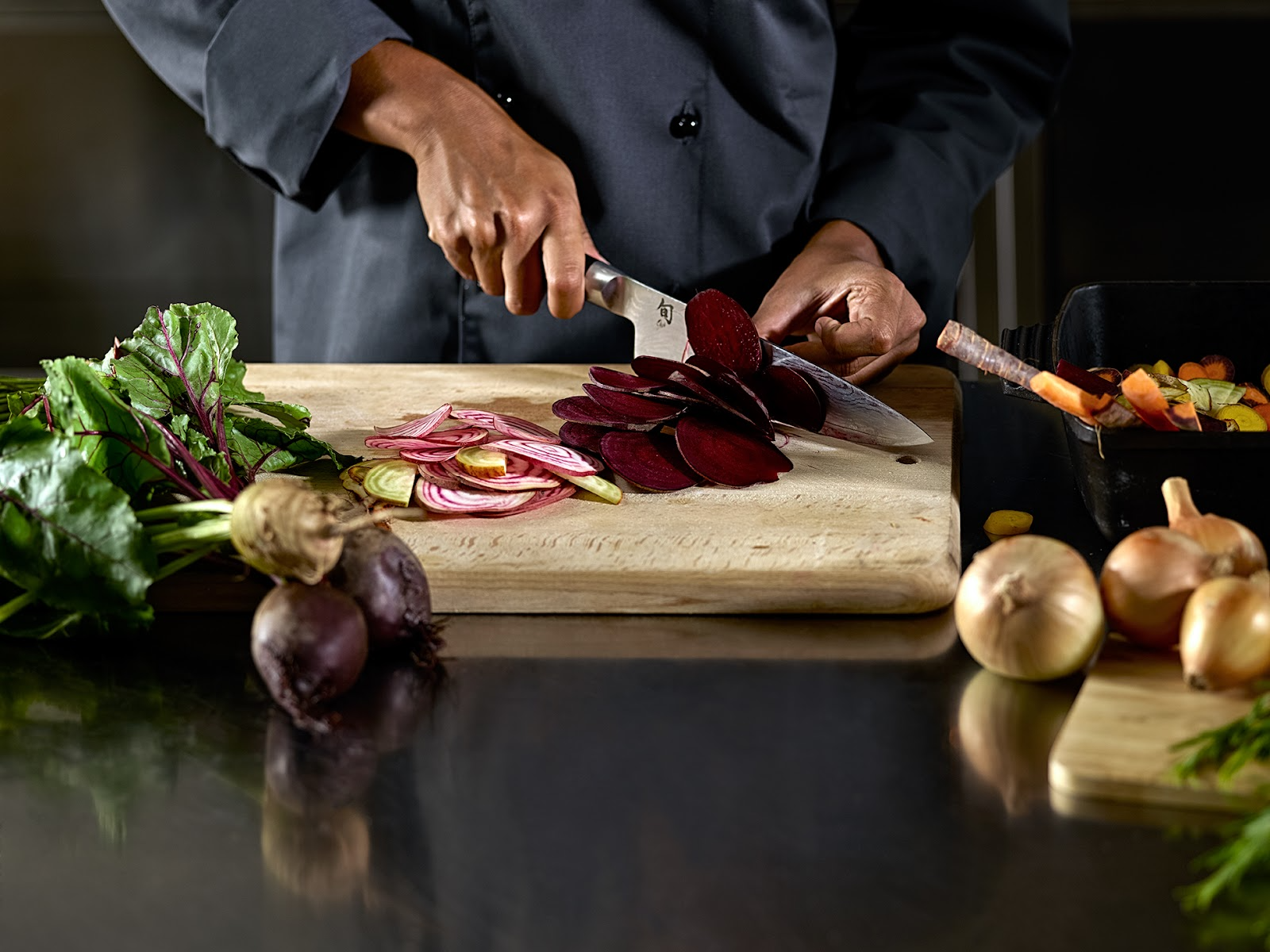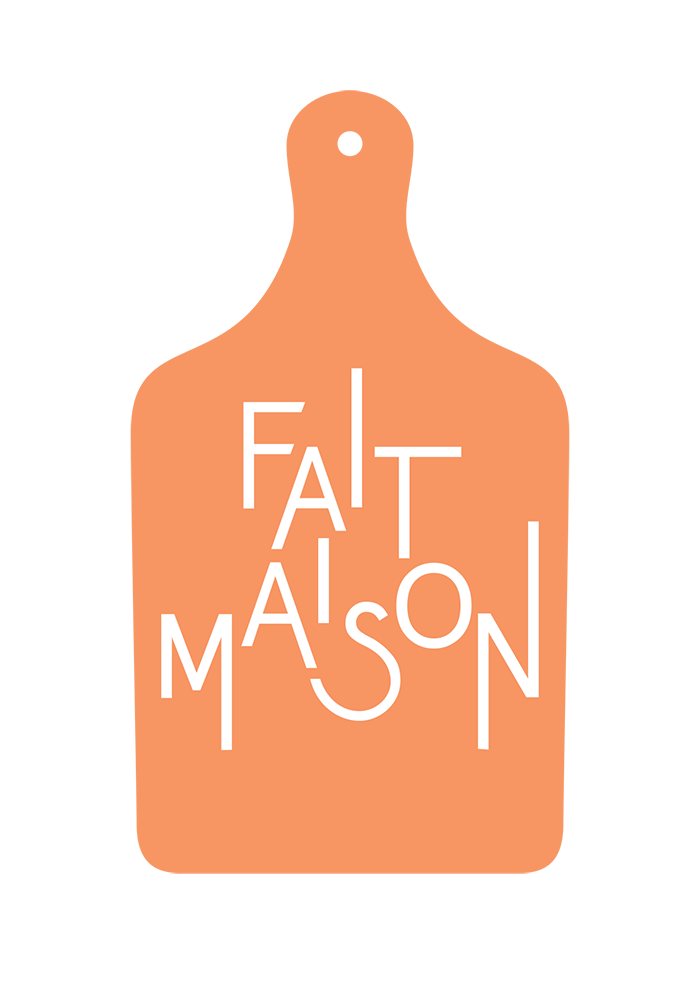Creating Transparency with the Fait Maison Label

There are labels that decorate menus, and there are labels that mean something. The Fait Maison label belongs firmly to the second kind. More than a stamp, it is a promise that every dish arriving at your plate was crafted on site, in the restaurant’s own kitchen, from raw ingredients, not unwrapped from plastic.
.png)
Why the Fait Maison Label Was Created
We had the pleasure of exploring the work behind the label with project coordinator Manuela Lavanchy.
When asked why the label was born, Manuela traced it back to its original objectives.
“At the very beginning, it was created to really distinguish freshly cooked dishes prepared on site from processed products—convenience products that unfortunately are often found in gastronomy. The idea was really to make the distinction between what is freshly cooked and what is convenience.”
The specifications are both clear and demanding. “We require cooks to really use raw ingredients, to work with them from scratch, and that everything is prepared on site in their own kitchens. Then, in the specifications, there’s a list of products traditionally used in cooking—like oils, spices, dairy products—that the Fait Maison label accepts. These are normal, standard ingredients. But beyond that, we mainly look at whether a dish is already processed. For example, if it’s pre-cooked, that’s where we decide whether it’s acceptable or not.”

A Voluntary Commitment to Transparency
This is not a rigid club for a privileged few, but a voluntary commitment. “To receive the label, first of all, the restaurant has to want to display it. That’s the first condition. They have to work with this philosophy of making as much as possible themselves, really cooking fresh on site. And we agree that even if there are a few exceptions, they can join the label, but transparency must be 100%. That means, if there are products that don’t meet our criteria, they must be declared on the menu. The customer has to know what is prepared on site by the restaurant and what is already processed.”
The spirit of Fait Maison extends across all kinds of restaurants and cuisine. “That’s what’s very interesting—it’s open to all types of restaurants, all types of cuisines, all sizes. It can be a big hotel or a small buvette. That’s what’s great, because the philosophy of fresh cooking works at every scale. Even fast food—for example, even if it needs to be quick, it can still be good and high quality.”
Compromise has its place, but honesty is non-negotiable. “Yes, you’re allowed to use products that don’t meet our criteria, but they must be declared on the menu. Creating transparency is the key, clearly distinguishing them from what is home made.”
Rooted in Switzerland
To ensure standards hold true, the association behind the label carries out audits. “At the start, we meet the restaurateurs who want to join the label, we discuss, analyze the products, do a tour, and check the stock. The idea is to make a small inventory of the products the restaurant uses. That’s part of the control. We also discuss the menu. Then, every year, there’s a follow-up check—we come back, look at the menu again, see if the elements of the Fait Maison label are applied, and we require the logo to be displayed so clients can see that it’s certified. We also check the declarations I mentioned earlier. And we do another tour of the kitchen, storerooms, cold rooms, just to verify that the products comply with the label.”
Misunderstandings, she admitted, often come down to language. “I think it’s mostly the language that sometimes causes confusion. Until now, it hasn’t been translated, but we’re going to translate it into Swiss German and English. Then everyone can choose which language of the logo they want to use. That may be why it’s not always clear to clients what the label means, what it certifies. That’s also why it’s important for restaurateurs to engage in dialogue, so when clients ask, they can explain. Some restaurants even integrated a QR code linking to the Fait Maison website, which explains the values of the label and what it certifies."
For consumers, the benefit is immediate, felt not only in their confidence but also in their taste buds. “For consumers, it’s a huge advantage to have this transparency, to see clearly what is freshly cooked and what is convenience. It helps avoid preservatives, additives, and also better control salt and sugar. It’s also about knowing exactly what’s in a dish, which is often impossible with industrial food. When it’s cooked fresh, you know exactly.”
The association remains firmly rooted in Switzerland. “We want to keep developing in Switzerland first. The label was launched about eight years ago, in 2017, in French-speaking Switzerland, and only two to three years ago in German-speaking areas—in big cities like Basel, Zurich, Bern, Lucerne. We really want to develop much more because the potential is big. Many restaurants already cook with this philosophy, but they need to know about the label and join the network. That’s also what’s interesting for restaurateurs—it’s a network across Switzerland and a platform where clients can find authentic cuisine they can trust.”

More Than a Stamp
Before leaving, she spoke again of collaboration and community, of savoir faire and know-how. Promotions like their upcoming November campaign on slow-cooked cuisine are a way to bring restaurateurs together under the label. “That way we can also support restaurateurs by activating communication in the network around home made dishes.”
In the end, the Fait Maison label is more than a certification. It is a quiet act of resistance, a voluntary movement that values craft over convenience, authentic cuisine over shortcuts, and above all, the simple joy of being able to enjoy authentic food with trust.
At Kozak Buvette, we are proud to carry the Fait Maison label. It’s a recognition of our values: cooking honestly, transparently, and with respect for both tradition and our customers.
👉 You can learn more about the label Fait Maison on their website or follow their Instagram account.



